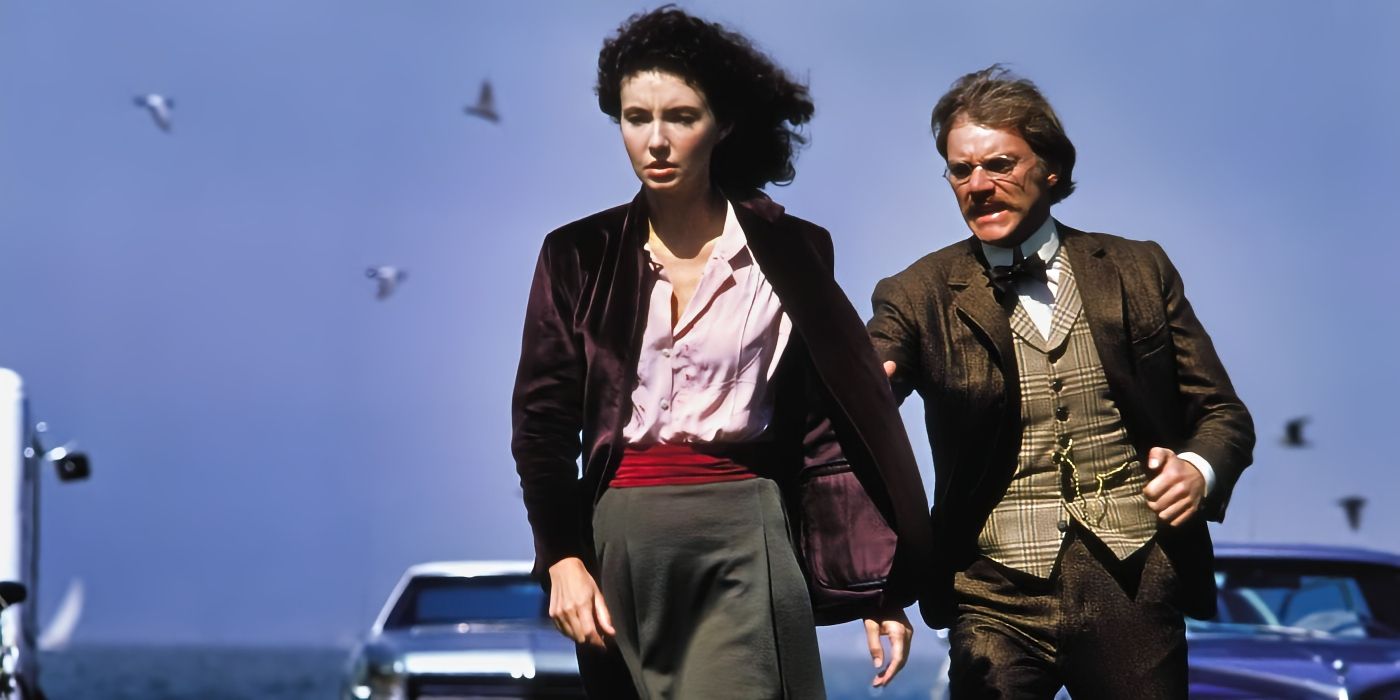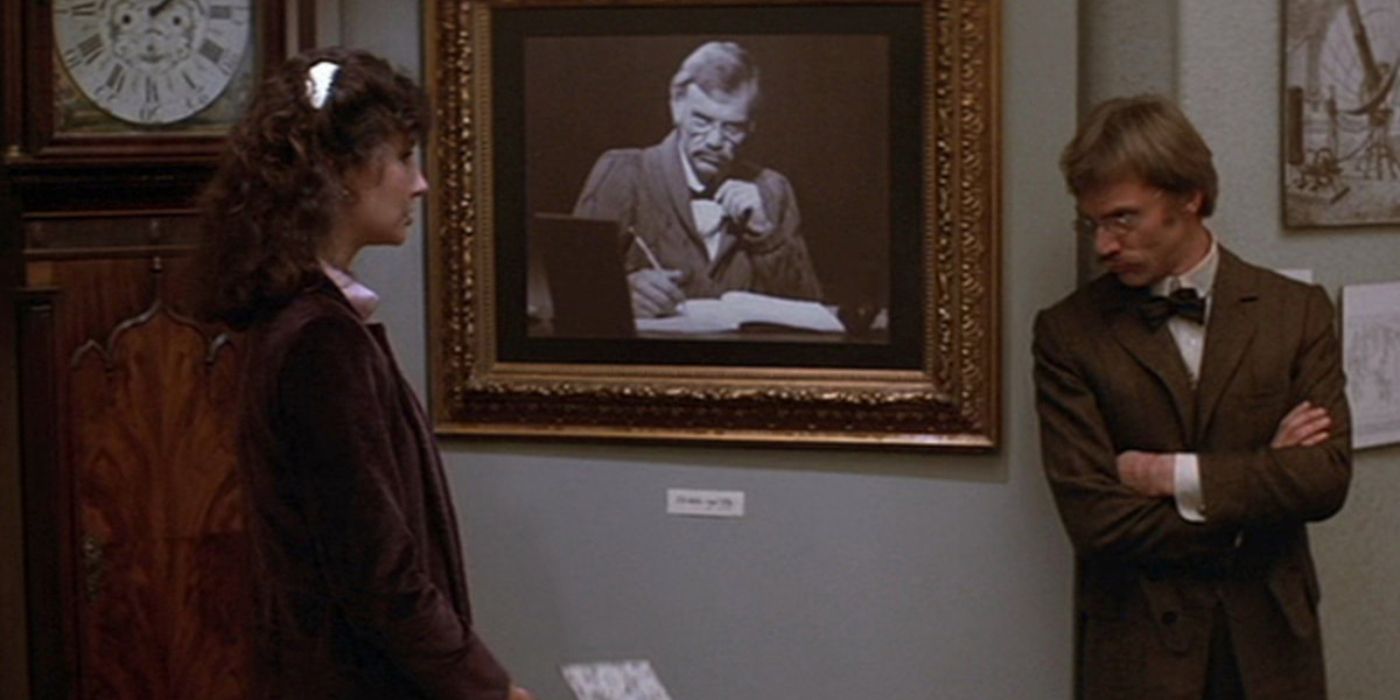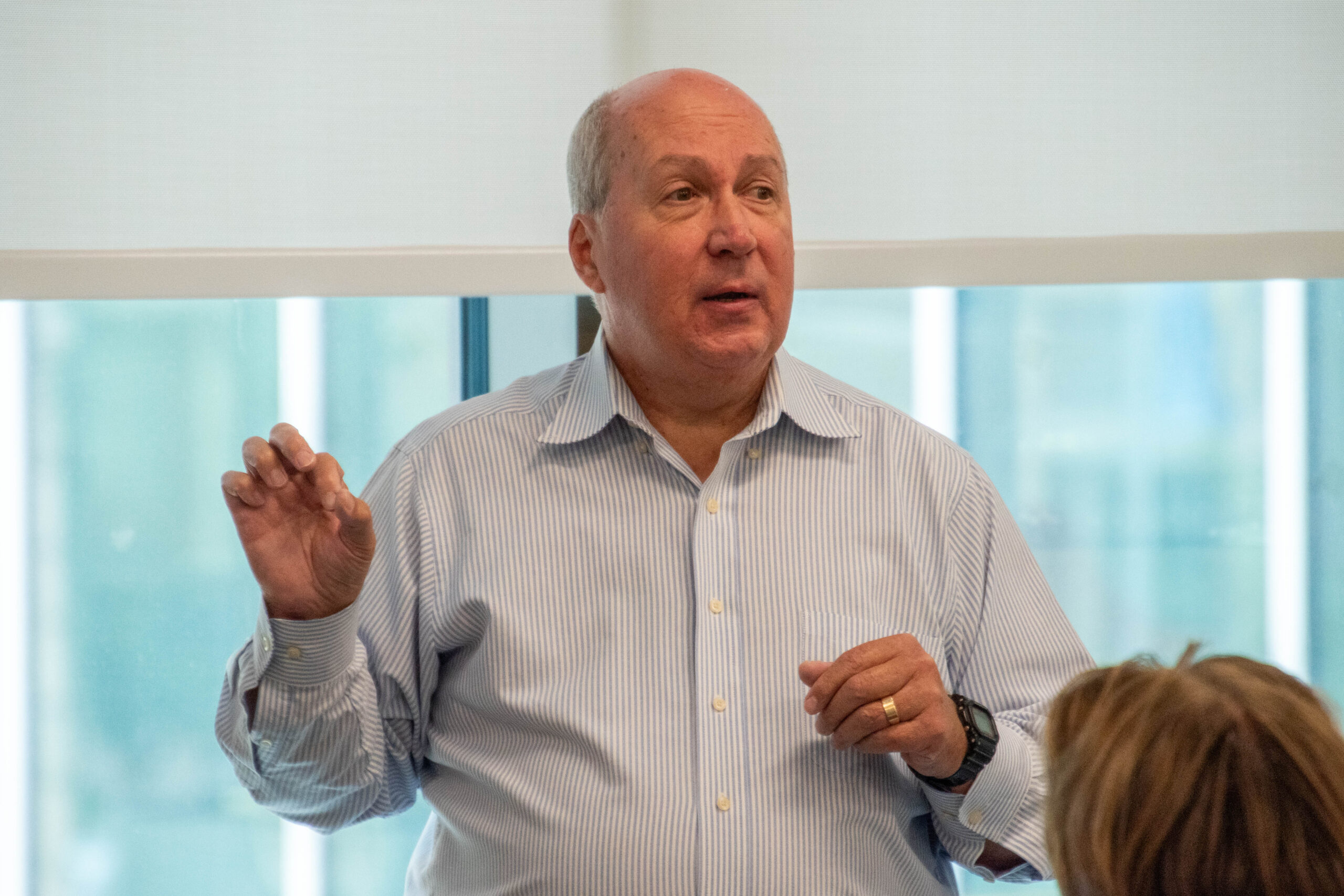Travel
This 88% Rotten Tomato-Rated Time-Traveling Adventure Blends Fact, Fiction, and Imagination

Is time traveling possible? Filmmakers have debunked their take on the mysteries behind the hypothetical ability to travel to the past or future. From the iconic Back to the Future franchise to Christopher Nolan‘s modern hit Interstellar, the silver screen is where the possibility of time travel comes to life in unforgettable ways. The genre has entertained sci-fi and fantasy fans for decades, but one lesser-known classic takes a clever twist on the legendary British author H. G. Wells and his fictional ideas.
Masterfully blending historical fact, fiction, and sheer imagination, Time After Time (1979) is an underrated gem in the time-travel genre directed and written by Nicholas Meyer. The film is based on the premise from Karl Alexander‘s novel of the same name, which pulled inspiration from H. G. Wells’s notorious book The Time Machine. Time After Time is one of those rare movies that transports audiences to 1979 San Francisco in a thrilling chase across the future, yet it never quite gets the recognition it deserves.
‘Time After Time’ Boldly Blends Imagination with Historical Figures
Nestled within several genres, Time After Time stands out as an inventive, heartfelt story that mixes suspense, romance, and a deep dive into human nature. At its core, this is a film about the ideas of technology, morality, and what happens when the best intentions crash into the realities of the modern world. However, the picture is also much more than a thought experiment; it’s an emotional adventure that still resonates today.
Director Nicholas Meyer, who was then still a newcomer but would later go on to direct Star Trek II: The Wrath of Khan, achieves a balancing act that many movies struggle with. It’s gripping without being mindless, romantic without being sappy, and thoughtful without being preachy. The story starts with a brilliant concept: what if H.G. Wells, the real-life father of science fiction, actually invented a time machine? And what if the notorious serial killer Jack the Ripper stole it to escape into the future? That’s the hook—and it’s wild—but the film succeeds because it grounds this fantastic premise in character-driven storytelling.
‘Time After Time’s Cast Elevates the FIlm
Malcolm McDowell stars as Wells, and his performance is infectious! Known for his unsettling and intense roles, like in A Clockwork Orange, McDowell brings a surprising warmth and vulnerability to H.G. Wells. He’s earnest, idealistic, and believes wholeheartedly that the future holds a utopian promise of peace and equality. Watching Wells discover that the 20th century is far from the enlightened paradise he imagined creates a poignant contrast that makes the film feel relevant, even decades after its release. McDowell’s portrayal gives his historic character an almost childlike wonder, but there’s also a sadness as he grapples with how far humanity has fallen short of his ideals.
On the flip side, David Warner’s Jack the Ripper is chilling precisely because of how calm and composed he is. Warner plays the Ripper as a man utterly at ease in the violence and chaos of modern life, making him a mirror to Wells’ idealism. Time After Time’s brilliance lies in its use of the hero and villain to examine the tension between hope and cynicism, progress and decay. The time machine becomes more than just a plot device; it’s a metaphor for Wells’ struggle to reconcile his vision of the future with the darker realities he now faces.
And then there’s Mary Steenburgen, who plays Amy Robbins (a similar role she played in Back to the Future III), a 1970s bank employee who falls for the out-of-this-world Wells while getting swept up in his hunt for the Ripper. Steenburgen brings warmth and humor to the role, and her chemistry with McDowell is beyond adorable. In fact, the romance between Wells and Amy is so authentic that McDowell and Steenburgen got married after the film wrapped. This personal connection between the actors lends their on-screen relationship a special spark that elevates Time’s emotional stakes.
Innovative for the 70s, ‘Time After Time’ Stands Out From Using Optical Special Effects
From a filmmaking perspective, Nicholas Meyer’s direction is notably sharp and unconventional. Time After Time employs retro special effects that, while modest by today’s standards, contribute significantly to the film’s sense of allure. The time machine itself is designed with a steampunk-like structure, complete with gears, lights, and spinning dials, evoking the look and feel of an invention straight out of Wells’ novels. But, to convince viewers of the machine’s time-traveling ability, optical effects were the way to go!
According to The Hollywood Reporter, the actual moments of time travel are represented using optical effects common in the late ’70s. Light bursts, streaking colors, and simple but effective editing tricks are used to simulate Wells’ journeys through time. The transition between eras is visually marked by these glowing, swirling effects, creating a dreamlike atmosphere that enhances the fantastical nature of the story. While these effects lack the sophistication of modern CGI, they possess a certain timeless appeal and serve the narrative well without being cheesy.
What makes Time After Time truly underrated, though, is how it never gets lost in its science-fiction trappings. Instead of focusing solely on the mechanics of time travel, the movie tackles timeless questions: Can we really change, or are we doomed to repeat the same mistakes? Is progress inevitable, or is it something we have to fight for every step of the way? Despite its originality and the strong performances of its leads, Time After Time has somehow slipped under the radar for many after critical success. Perhaps it’s because it doesn’t fit neatly into one genre — or maybe it’s because it came out in the shadow of other, flashier time-travel films.
But in a way, that makes Meyer’s adaption even more special. It’s a hidden gem waiting to be rediscovered by newer generations — a story that offers something deeper than just a fun romp through time. Time After Time deserves a place near the top. It’s a suspenseful, emotional, and entertaining journey that manages to say something meaningful about who we are and where we’re going.
Time After Time is available to rent on Prime Video in the U.S.











